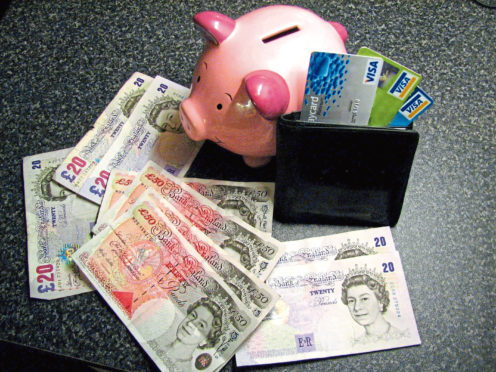YOLO – or you only live once, much like the Latin carpe diem – is a call to live life to the full.
At a time when interest rates are historically low, credit is freely available — and actively encouraged — and the world feels like an increasingly smaller, more accessible place, thanks to technology, it’s easy to understand the temptation to focus on the here and now.
But, particularly if you’re aged 35-49, what impact does that have on your financial plan, including money put aside for retirement, and do you even have one?
In 2018 UK savings levels fell for the first time in five years, with 17% of workers saving nothing, according to the Scottish Widows Retirement Report.
Worryingly, too, the 35 to 49-year-old demographic said an unexpected bill of £270 would be enough to put them in debt.
While this isn’t a new problem, it’s an ongoing one that needs to be addressed; and if you have disposable income you could save, how early should you start?
Automatic enrolment – a government initiative to help more people save for later life through a pension scheme at work – forced the issue and made pension saving compulsory.
But the statutory contributions aren’t going to sustain the lifestyles people have become accustomed to during their working lives.
Let’s take a look at some examples of pension savings, based on an annual rate of return of 1.94% adjusted for inflation.
• If a 35-year-old wants to retire at age 68 with an annual income of £30,000, their monthly saving requirement would be £1,321.
• And, if they waited until they were 49 to save, to provide the same level of income at 68, their monthly saving requirement would almost double to £2,315.
You can typically only access money from a personal pension when you reach age 55, although this is due to change to 57 by 2028.
Before then, you can’t access the pension fund unless there are extenuating circumstances such as ill health.
This is often used as a reason for not saving into a pension, but pensions aren’t the only solution when it comes to putting cash aside for retirement.
Stocks and shares individual savings accounts (Isas) are often overlooked and can be a valuable addition. Plus, while they’re not instant access accounts, you can withdraw funds at any point before pension age.
You won’t pay income or capital gains tax on the amount. You are, however, limited in what you can pay in; the subscription limit for the 2019-20 tax year is set at £20,000.
Of course, what you put away depends on your disposable income but, as an example, by saving £100 per month into an Isa from age 35 you could have an additional savings pot worth about £101,000 at 68.
If you start saving £100 per month from age 49, the savings pot at age 68 will be around £38,000 – based on an annual rate of return of 1.94%, adjusted for inflation. So, fundamentally the lesson is that financial planning isn’t just for the wealthy or those approaching retirement.
And it also doesn’t have to be a laborious or time-consuming process.
But when it comes to having the financial freedom to live the life you want when you’re older, acting sooner really is better than later.
The lesson is that financial planning isn’t just for the wealthy…
by Jane Cowie financial planner at Acumen Financial Planning










